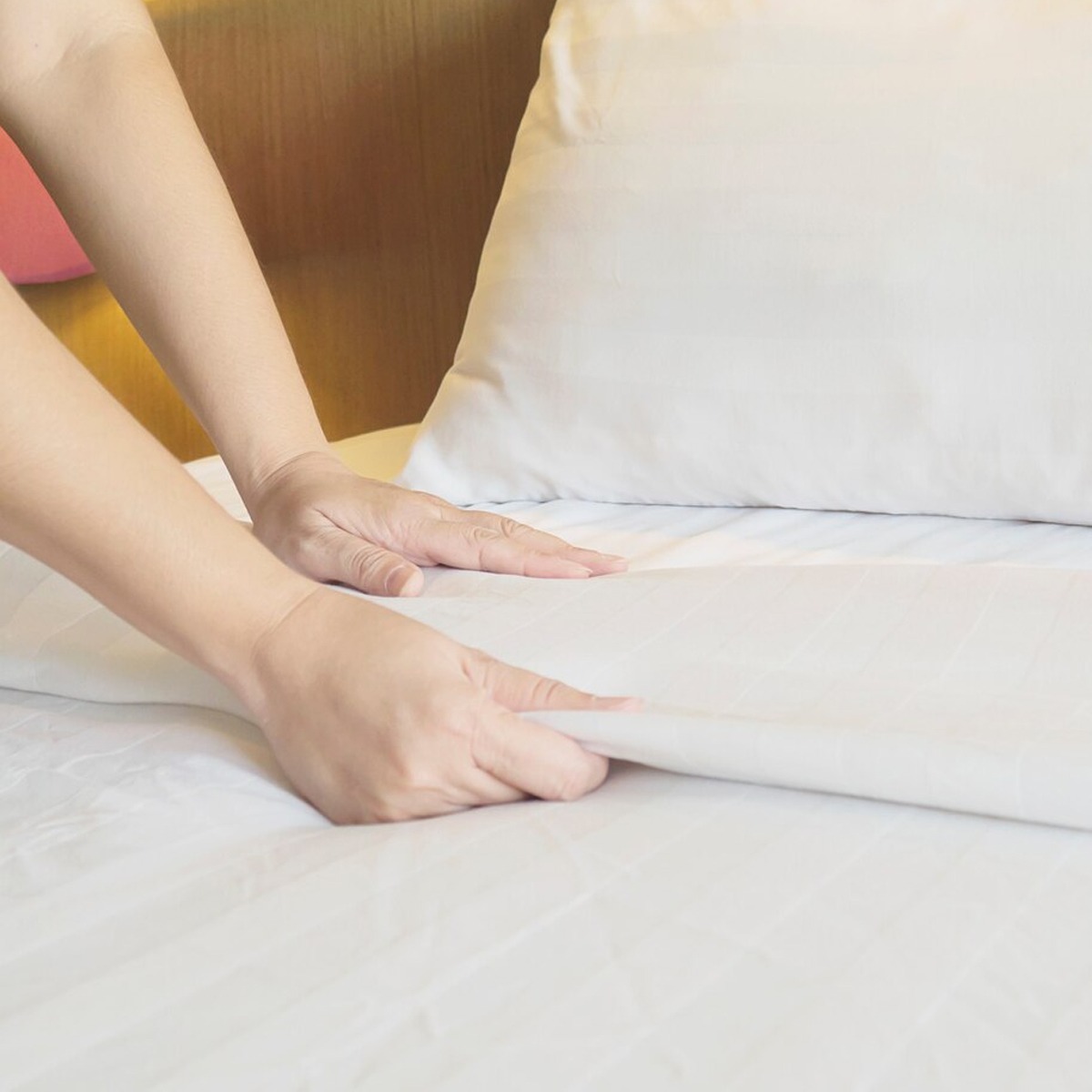Finding the right ventilation can make all the difference in achieving a good and restful sleep. A quality bed will add warmth, comfort, and luxury to your bedroom, but with so many options, it can be hard to know where to start. This guide will guide you through everything you need to consider when choosing the best cover for your bed, from understanding filling power to choosing fabric and size.
1. What is the motivation, and why is it chosen?

Before you get into the details, it's important to know what makes feathers special:
The soft, fluffy bumps found under the feathers of ducks and geese. These clusters create an air chamber that traps heat and cools without weight. This makes the underwear very warm but light and breathable. Some down comforters, however, use synthetic materials designed to mimic the feeling of down. They are usually less expensive and suitable for people with natural allergies.
2. Knowing the filling capacity: the key to warmth and comfort

One of the most important factors when choosing a down cover is the filling capacity, which measures the quality and the height of the bottom. A higher filling capacity indicates larger clusters, better insulation, and durability.
- Fill Power 400-500: Provides the perfect lightweight duvet for hot weather or for those who want a better night's sleep.
- Fill Power 600-700: A good balance between warmth and weight, suitable for most climates and suitable for use all year round.
- Fill Mana 800 and higher: indicates a high-quality down that provides warmth and an underlay with low weight. Perfect for cold weather or if you like comfort.
3. Choosing the right fabric for comfort and durability

The fabric that covers your cover is just as important as the stuffing inside. Look for these features:
- DURABILITY : High-quality yarn, especially with a high thread count (300 or more), provides a soft, breathable, and durable frame. to the skin.
- Silk and Satin: For those who want a touch of luxury, silk or satin fabrics provide a smooth, shiny look and enhance the sense of comfort.
- Non-shrink fabrics: These fabrics are specially designed to prevent shrinkage and ensure that your cover remains breathable and comfortable over time.
4. Construction type:

Propeller box vs. Sew in the construction of the cover affects its ability to keep you warm.
- Chest construction: A fabric wall is sewn into the cover to create a box. A structure that distributes the bottom. This shape prevents movement and swelling and regulates heat throughout the process.
- Stitching construction: The upper and lower layers are stitched straight, which makes it easier to look, but some parts turn and create a cold area.
5. Size Matters: Making the Perfect Fit for Your Bed

Choosing the right size for your bedspread is important for comfort and beauty. Here's a quick guide:
- Twin Sizes: Usually about 68x88 inches, ideal for twin beds.
- Full/Queen Size: Measures approximately 88" x 92" and has enough coverage for full and queen beds.
- King Size: Typically 106x92 inches, suitable for King or California King beds, with plenty of hanging space.
6. Precautions:

For Allergens If you have allergies or are concerned about allergies, consider alternative hypoallergenic medications. These options are specifically designed to prevent dust mites and allergens and provide a better sleeping environment.
7. Certificates to look for:

- Quality and ethics: When choosing a seat cover, it is a good idea to look for certificates that guarantee quality and an ethical source.
- Risk Reduction Standard (RDS): Ensures that migration is ethically sourced from human-produced ducks and geese.
- Global Organic Textile Standard (GOTS): If you are looking for some kind of organic, this certificate ensures that the fabric and fabric used are produced and processed.
8. Budget considerations:

Find quality within your price range. Prices vary depending on fill quality, fill strength, and fabric. Create a budget that suits your needs, but remember that investing in a higher-quality bag will provide more durability and long-term comfort.
9. Bedding care:

- Tips for a long life: Proper care can extend the life of linen and make it last longer.
- Washing: Most bed linens can be cleaned, but always follow these instructions. Care instructions on the label Use a gentle cycle with a gentle wash and tumble dry low to avoid mildew.
- Storage: When not in use, store your mat in a breathable cotton bag or pillowcase to protect it from dust and moisture when it is in the air.
10. Read Reviews and try before You Buy

If possible, visit a store to get a feel for it, or read other customers' reviews online. This can explain the shape, warmth, and quality of the duvet.
Conclusion
Choosing the right cover for your bed is a personal decision based on your climate, your sleeping preferences and your budget. By considering factors such as fill strength, fabric, construction, and size, you can find the perfect duvet to add warmth, comfort, and luxury to your sleeping experience. Take the time to explore your options, and you'll soon be on your way to enjoying the best sleep of your life with proper air conditioning. Happy shopping and happy and peaceful nights ahead!.



